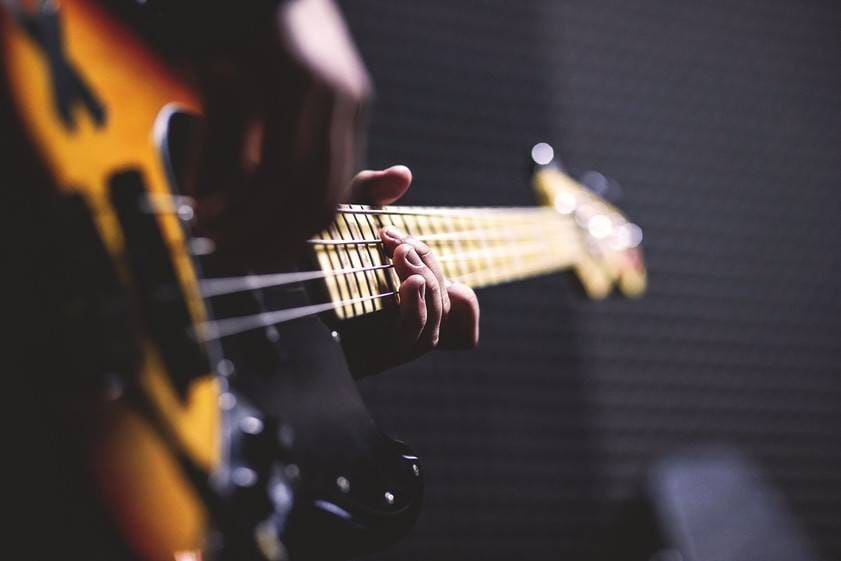
Hello!
I’m Kaoru, a composer.
Today, I’d like to talk about bass strings, a topic that can be confusing for beginners.
When you start playing the electric bass, you’ll likely be gathering gear such as an amp, tuner, and cable.
But one item that often puzzles beginners is string selection.
Both guitar and bass strings influence playability and sound, so let’s check out what to consider when choosing them.
Many manufacturers produce a variety of strings, each with unique qualities. Getting to know your options can help you achieve your ideal sound.
Let’s also consider which strings match your playing style and genre.
■ Types of Strings: Key Differences
There are many types of strings, with major differences in [material] and [processing method].
Here’s a look at some popular materials:
Nickel:
Used for years on both guitar and bass, nickel strings are the most popular and affordable.
If you’re unsure which to buy, start with nickel strings.
Brands like Ernie Ball and D’Addario are popular choices.
Stainless Steel:
It’s resistant to rust and durable.
Stainless steel strings are well-suited to bass for its durability.
They produce a bright, clear sound.
Popular brands include Ernie Ball and Rotosound.
Coated:
These strings have a thin coating that improves durability but makes them more expensive.
However, it’s perfect for those who want to reduce string changes because coated strings resist deterioration.
They also help to reduce finger noise.
Elixir is a well-known brand.
Bronze:
Typically used for acoustic bass, bronze strings offer a clear, distinct sound.
D’Addario and Ernie Ball are popular options here.
Each material impacts playability and sound, so it’s worth experimenting to find what suits you.
■ Important Note on Scale Length
With bass, string length (scale) varies, so you’ll want to select the right length when purchasing strings.
The four main types are medium, long, super-long, and short scale.
The long scale (34 inches) being the most common.
A super-long scale is usually for extended-range basses and measures 35-36 inches.
36-inch basses are 50 mm longer than long-scale basses.
Other common scales are:
medium (32 inches)
and short (30 inches).
Choose carefully, as the wrong scale will not fit your bass, wasting your money!
■ What is Flatwound?
Bass strings come in two main types: flatwound and roundwound.
Typically, roundwound strings are considered more versatile.
However, flatwound strings are unique to bass and might be less familiar to some.
Flatwound strings differ from roundwound strings by having a smooth, flat surface.
Often used on double basses, they are also popular for electric bass.
Their smooth surface minimizes finger friction, making them easier to slide across, and they provide a warmer, more rounded low-end sound.
The feel is quite different from roundwound strings, so personal preference plays a big role.
A similar type called half-round also exists, offering a blend of both.
Compared to roundwound, flatwound strings are produced by fewer manufacturers, meaning fewer options are available.
Let’s look at some recommended flatwound products available at Sound House.
Elixir / NANOWEB Nickel Light/Medium #14077 Electric Bass Strings
Elixir’s coated bass strings are a standard choice for coated strings.
Unlike guitar strings, bass strings rarely break during performance, making coated strings an excellent option.
In the past, coated strings could feel awkward due to finger resistance, but improvements have created a natural touch that’s worth trying, even if you’ve had reservations about coated strings before. You’ll likely be pleasantly surprised.
These strings preserve the deep bass tones characteristic of bass while offering crisp articulation, making them perfect for slap and tapping techniques.
They cater to the needs of all bassists, from beginners to professionals.
Rotosound / BS66 Billy Sheehan Signature Set
This bass string set reflects the meticulous preferences of legendary bassist Billy Sheehan.
By slightly thinning the 1st string and thickening the 4th, it supports a wider tonal range, perfect for Sheehan’s signature techniques, like tapping and speed playing.
The harmonics resonate beautifully, delivering a deeply satisfying sound!
This makes playing more enjoyable and can encourage skill development through practice.
PICKBOY / SC-150 String Cutter for Steel Strings
On a side note, here’s an excellent product that deserves a mention!
I used to think, “Why bother with a high-quality string cutter when I can get a cheap one from the dollar store?”
But after a friend recommended this one, I decided to give it a try—and wow, what a difference! String changes became much smoother, with no extra hassle.
After dozens of string changes, it still cuts sharply with hardly any wear on the blade.
I wish I’d bought it sooner!
And that’s a wrap on bass strings!
Finding the perfect strings for yourself can be challenging.
However, paying attention to a few key factors will increase your chances of finding something close to ideal.
I hope you find this guide helpful!
The “sound & person” column is made up of contributions from you.
For details about contributing, click here.





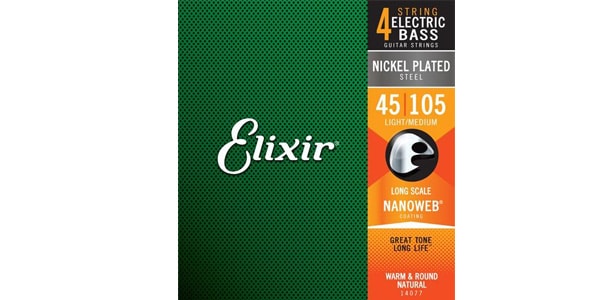
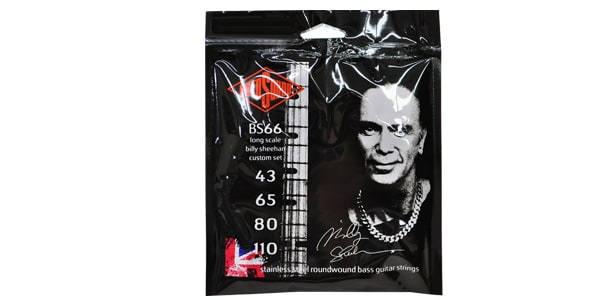
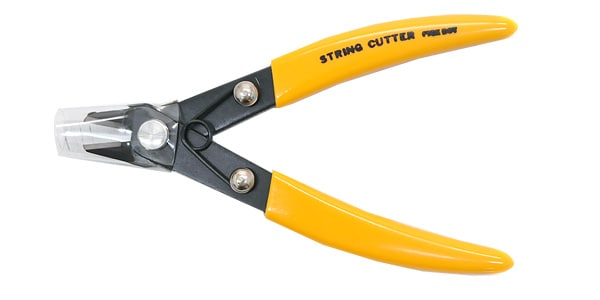









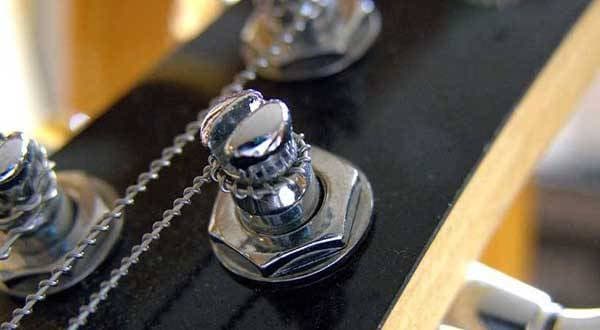
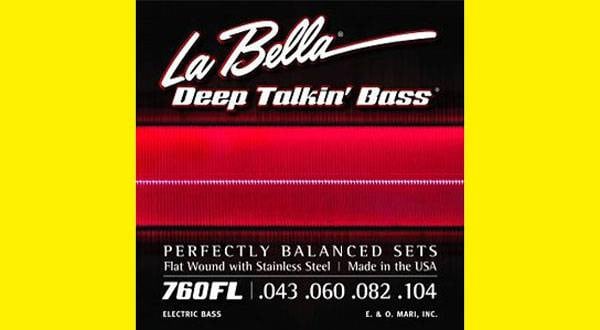
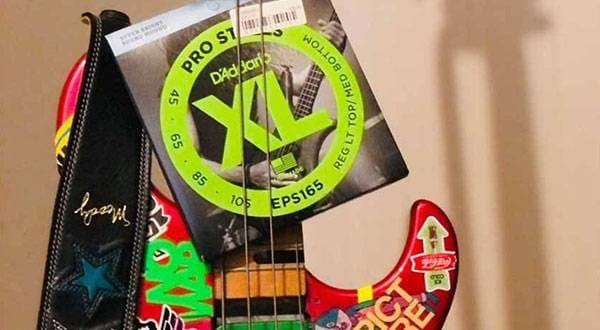
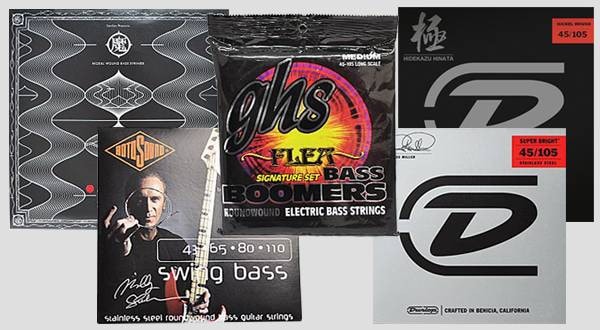
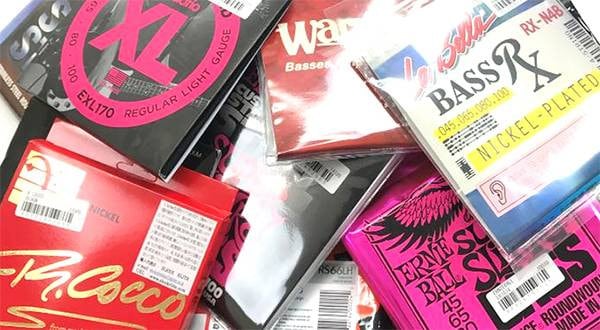
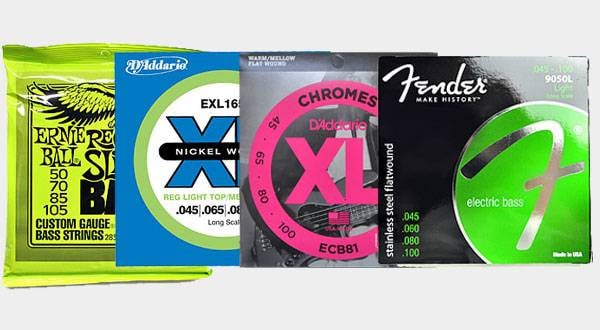
 基礎から学ぶベースレッスン
基礎から学ぶベースレッスン
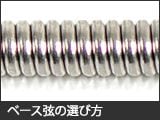 ベース弦の選び方
ベース弦の選び方
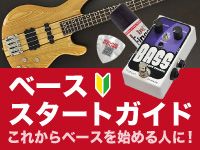 ベーススタートガイド
ベーススタートガイド
 超オススメのフレーズ道場 ベース
超オススメのフレーズ道場 ベース
 ベース弦の張り替え方法
ベース弦の張り替え方法
 ベースのクリーニング方法
ベースのクリーニング方法















